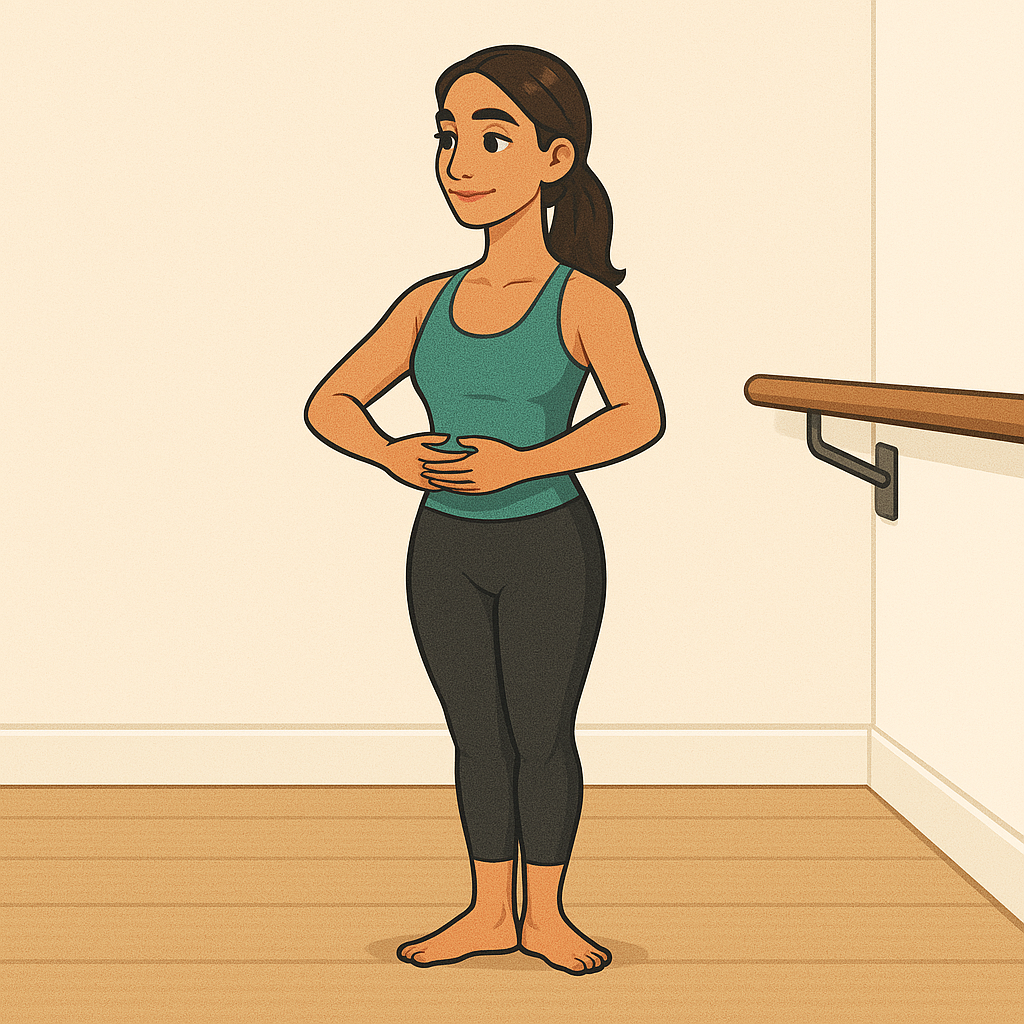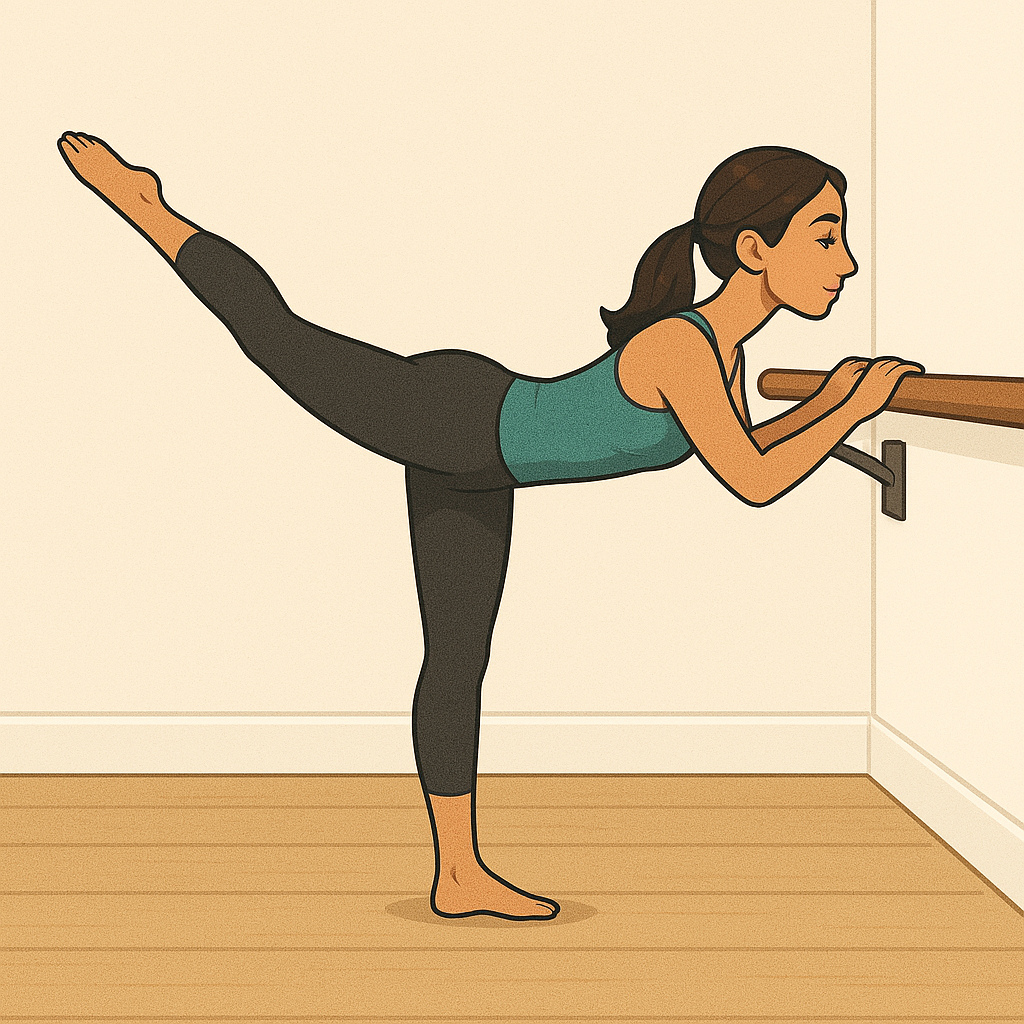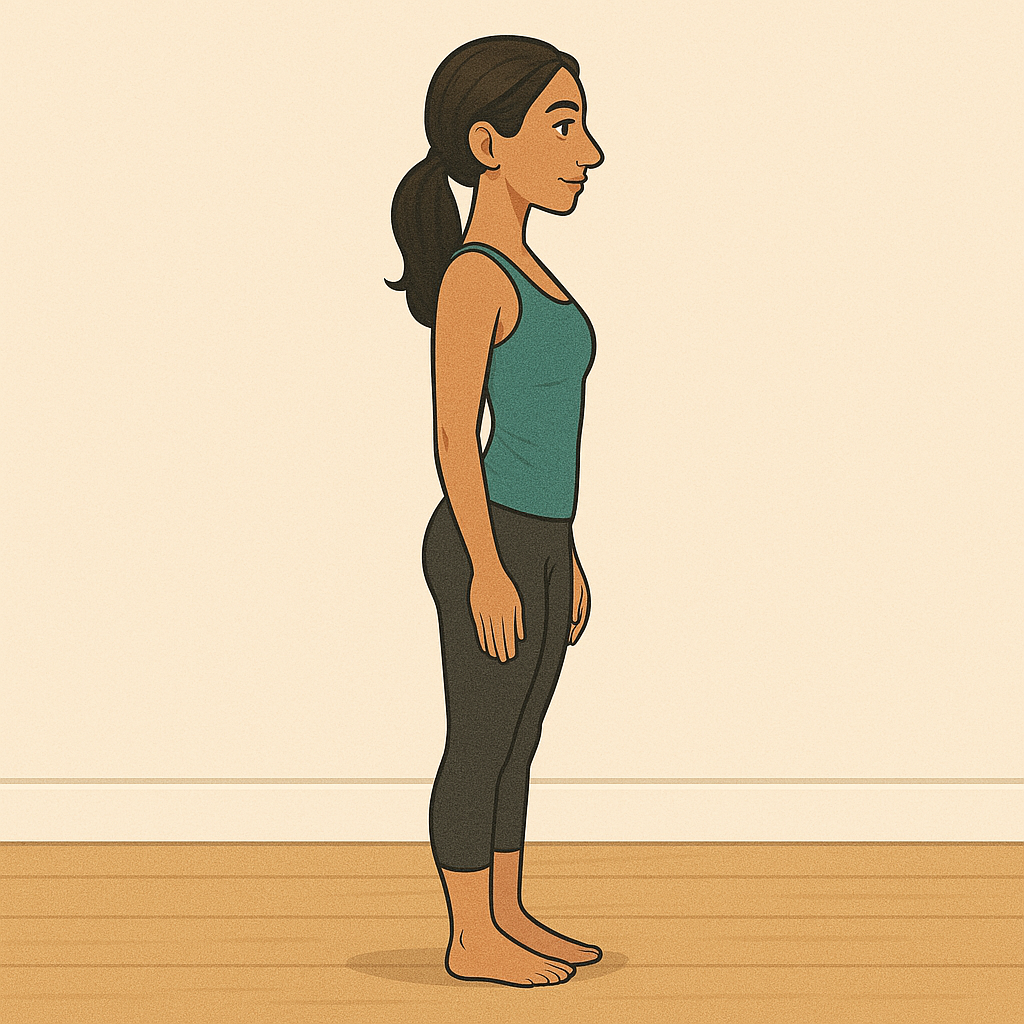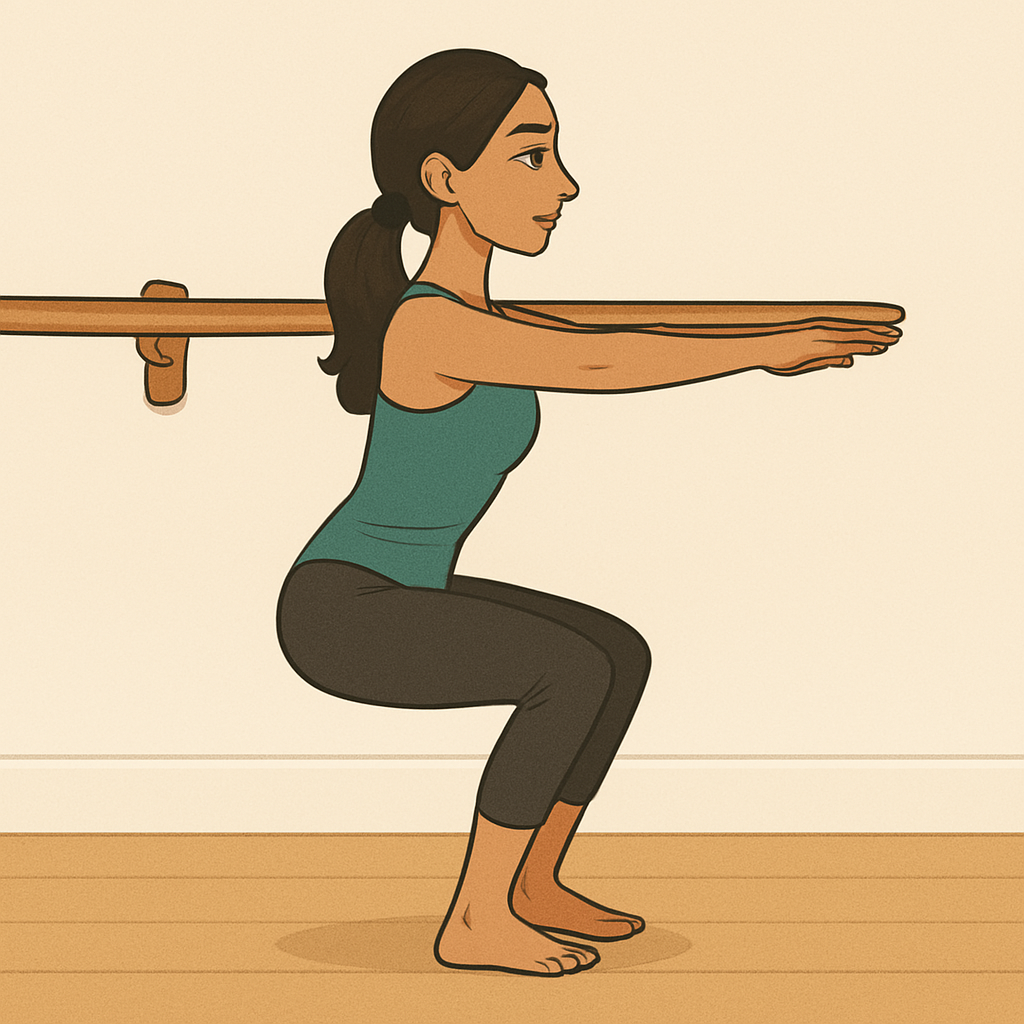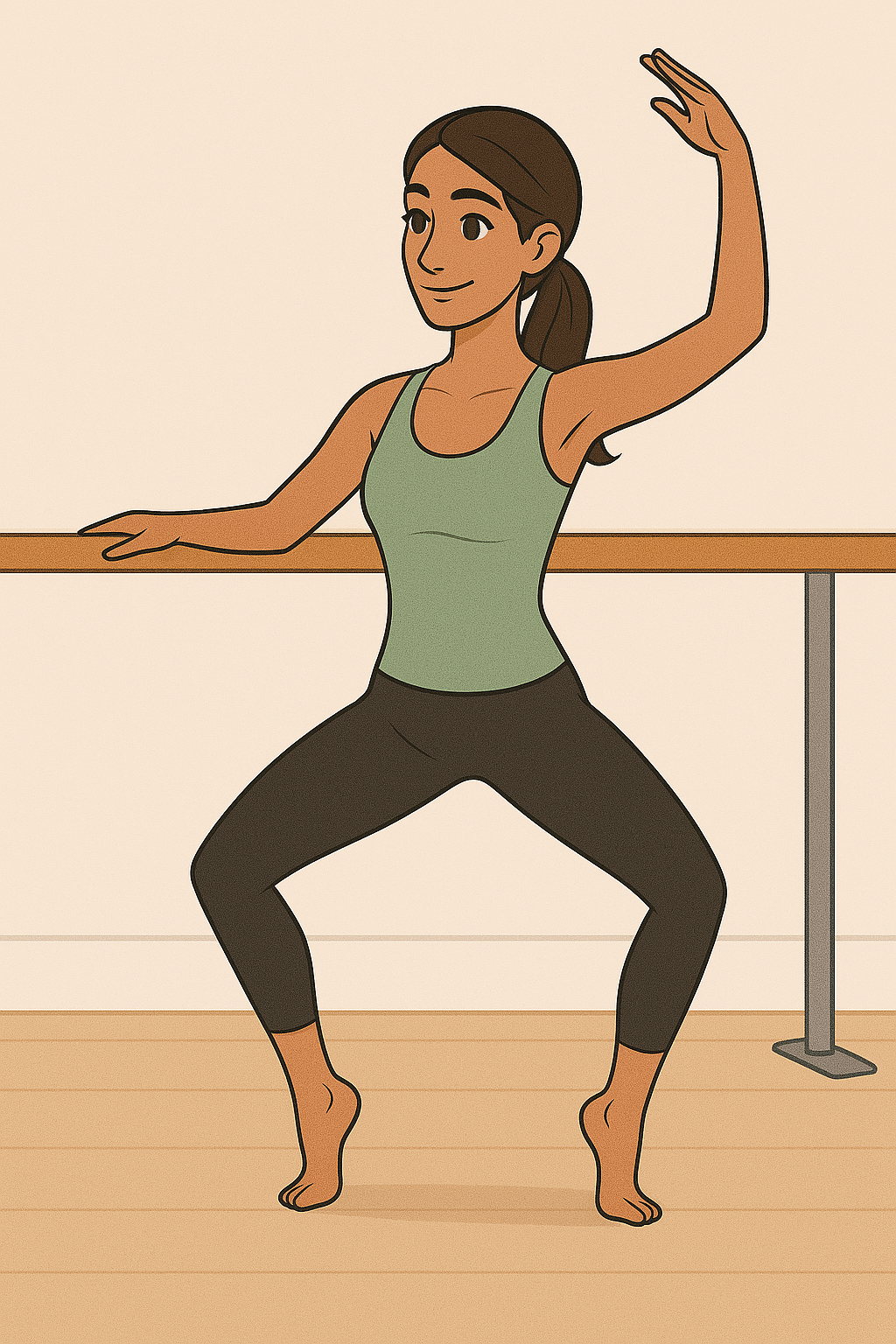A guide to barre terminology
When beginning any new fintess venture, having an understanding of how to set up and move is essential. This guide will explain what I mean when I cue a class.
I will always begin with a demonstration and explanation of the barre positions and proper movement in the position as we begin a sequence. After a few repetitions, I’ll remind you of proper posture, and then I’ll explain the transition as we approach the next position so that we can move seemlessly in the choreography.
Be patient and know that the more you practice and the longer you stay with one teacher, the more you’ll understand the natural progression of the class.
Note: Unfortunately, just like in yoga, barre terms are not universal. A cue may have a slightly different meaning or expectation from one instructor to another. While this may be frustrating, a good instructor will also provide additional language to remind students how and what muscles are being activated in each position and sequence. So, hopefully, you’ll still be able to follow along.
Below is a helpfull summary of terms I use in class.
Barre Positions
Back Dancing
Head and back on the earth, knees bent to the sky, press through feet to lift the hips. Inner thighs and glutes are active.
There is variation in the movement to play here.
Reminiscent of bridge pose in yoga.
Chair pose
Pulling off the barre, feet parallel, knees bent to a 90 degree angle, positioned over the ankles.
Hips in the same plane as the knees. Shoulders stacked over the hips.
Shins face forward.
First position / Narrow V / Athletic V
Standing, heels touching and toes turned out into a “v.”
Extension / Foldover / Flat back foldover
Pullling off the barre to a flat back at a 90 degree angle and extended arms, lifting one leg, while keeping the other leg in line or under the hip. Maintain a neutral spine while squaring shoulders and hips.
High C-curve
Seated on the earth, feet are planted parallel, knees are bent to the sky. Round the back into a “c” shape.
Variations in hand placement and use of light weights.
Parallel
Standing, feet are hip-width apart, toes facing forward with pinky toes parallel to eachother (like the number 11).
Parallel Squat
Standing, feet are parallel; and knees are bent facing forward.
Plié / Wide turn out
Toes are in a turned-out position. Legs are in a wide stance.
The movement in which you bend the knees out in the same direction as the toes and then straighten them again. This may be done in a slow count or as a pulse.
Pretzel / Sitting Position
Performed at the barre or on the earth.
One leg in front and one leg to the side and/or back. Front shin is parallel with the mat or baseboard. Back leg slightly behind the hip.
Reminiscent of pigeon pose (vinyasa yoga) or deer legs (yin yoga).
Prone
Laying face downwith forehead, chest, belly, and front of legs on the earth. Arms may be extending overhead or next to the body. Variations in movement of limbs to lift, row, pulse, and/or scissors with or withour weights to strengthen the back body.
Second position / Turned out squat
Standing, heels a little wider than shoulder distance; and toes turned out slightly on a diagonal, like one side of a “v”.
Classes may vary in length from 15 - 60+. Often there is an intention or arc to the class. This arc may be created by stringing together a routine of barre categories.
Barre Categories
Abdominal Floor / Wall
Describes abdominal exercises designed with a neutral spine on the ground or at the wall.
Neutral spine
Describes a back position held with the back alignment long and strong from the tailbone to the crown of the head.
Round back
Description of a curved spine (in flexion).
Seat work
Describes exercises designed to focus on the glutes, hamstrings, and hip flexors.
Thigh work
Describes exercises designed to focus on the inner thigh and quadriceps.
In addition, barre work includes descriptions of the movement and the feeling in the movement.
Barre Terms / Phrases
Bend stretch
An instructional cue to bend at the knee or elbow the joint and then immediately extend the leg or arm to create a contraction of a muscle (i.e: bicept, tricept, quadrecep). Feels like a quiver.
Burn
The fun and hot feeling of fatigued muscles. Often feels like an almost uncontrollable shaking!
Down-an-inch-up-an-inch
An instructional cue to move in one-inch range of movement in a slow, controlled motion. Slightly larger than a pulse, smaller than a full range of motion.
Heavy tailbone
A position held by engaging the core (abdomin and low back) and bringing the spine to neutral, creating a straight line from the crown to the tailbone.
Hold / Isometric movement
An instructional cue to create movement held in its deepest, tightest, lowest position to achieve isometric contraction.
May be used to lift, lower, squeeze, circle hold, or other cue.
Low impact
Description of a low impact exercise, keeps at least one foot on the ground at all times. No jumping or leaping, but may still raise the heartbead and feel challenging.
Point / Flex
“Point” is an instructional cue to extend toes away from the hip. Expect to lengthen and strengthen the ankle and shin.
”Flex” is an instructional cue pull toes up towards your hip. Expect to lengthen and stretch the calf and hamstring.
Pulse
An instructional cue done to the beat of the music with a very small range of motion, usually up and down and may include a full range of motion or simply be greater than an inch.
Relevé
An instructional cue to lift heel off the earth. May be a pulsing movement or a long hold.
Shake
Description of the feeling of/actual fatigued muscles which quiver due to the challenge of the movement.
While there is much more to learn and appreciate in a barre class, I hope this beginner’s list is helpful.
My class schedule includes my in-studio barre classes and my video library includes my on-demand classes.


